The Hidden Link Between Dental Health and Your Pet’s Behavior
Dental disease in cats and dogs is one of the most common medical conditions seen in veterinary practice, yet it’s often misunderstood or overlooked. Many pet owners are surprised to learn that dental pain doesn’t always result in obvious symptoms like drooling or chewing on one side. Instead, it can quietly affect a pet’s mood, eating habits, and overall quality of life- without a single outward sign.
If your pet has been acting differently lately, it might not just be “getting older” or having a picky day. A change in behavior or appetite is often a clue that something deeper is going on. And while many factors can contribute, dental pain is frequently at the root of the problem- especially in adult and senior pets.
Understanding how oral discomfort affects pets can help owners make timely, compassionate decisions. Prompt veterinary care doesn’t just ease pain- it can restore comfort, boost long-term health, and prevent serious complications down the road.
Can Dental Problems Really Cause Behavior Changes?
Absolutely. Dental issues such as broken teeth, infected gums, oral tumors, or resorptive lesions can lead to persistent pain and discomfort. But pets are incredibly good at hiding pain. Rather than whining or pawing at their mouth, they may simply seem “off.”
Common behavioral changes linked to oral pain include:
- Becoming irritable or withdrawing from family time
- Sleeping more or seeming low-energy
- Pawing at the face or rubbing the mouth on furniture
- Ignoring chew toys or bones they once loved
- Pulling away when touched around the head
Because these signs can be subtle- and develop slowly over time- it’s easy to miss them. In fact, many pets adjust to chronic discomfort so gradually that their new behavior becomes the “norm.”
What’s Wrong? Common Pet Pain Signs offers helpful insight into how pets express pain differently than humans, especially when it’s long-standing or intermittent.
Why Does Dental Pain Affect Appetite?
When eating hurts, it makes sense that a pet might lose enthusiasm for mealtime. Painful teeth or inflamed gums can turn chewing into a struggle- or even something to dread. Dogs or cats may:
- Eat slowly or drop food mid-meal
- Favor soft food and avoid kibble
- Chew only on one side
- Walk away from meals altogether
In multi-pet households or free-fed pets, these changes can be especially easy to overlook until weight loss or muscle loss becomes noticeable. For cats, this is particularly concerning. Conditions like feline tooth resorption or gingivostomatitis can cause intense oral pain- so much so that some cats stop eating entirely.
What Dental Conditions Cause Pain in Pets?
Many common dental problems can cause significant pain, even if your pet seems “fine.” Here’s a quick overview:
| Condition | Description | Symptoms |
|---|---|---|
| Periodontal disease | Infection and inflammation of the gums and supporting tooth structures | Bad breath, red or bleeding gums, loose teeth |
| Tooth fractures | Cracks or breaks that expose sensitive pulp | Dropping food, sensitivity, swelling |
| Tooth resorption | Destruction of tooth structure beneath the gumline | Difficulty eating, drooling, gum lesions |
| Gingivostomatitis | Immune-related inflammation of the mouth and gums | Severe pain, refusal to eat, weight loss |
To understand how veterinarians diagnose these issues, check out The Importance of Dental X-Rays for Pets.
When Should You Be Concerned?
Any shift in behavior or appetite should raise a red flag, but the following signs are often linked to dental pain:
- Persistent bad breath
- Red, swollen, or bleeding gums
- Hesitation to chew or play
- Swelling near the jaw or muzzle
- Yellow or brown buildup on teeth
- Changes in grooming or vocalization- especially in cats
If your pet is showing one or more of these symptoms, it’s a good idea to schedule a veterinary exam. Oral issues often require dental x-rays to get a complete picture of what’s going on beneath the surface.
St. Petersburg Animal Hospital & Urgent Care offers advanced dental diagnostics and treatment tailored to your pet’s needs.
What Are the Next Steps if Dental Disease Is Diagnosed?
If a dental issue is found, the treatment plan will depend on its type and severity. This may include:
- Dental cleaning under anesthesia to remove tartar and examine each tooth thoroughly
- Tooth extraction when a tooth is damaged or infected
- Pain management with medications and at-home care tips
- Ongoing monitoring to prevent future issues
It’s worth noting that a dental cleaning is far more than a cosmetic fix. It allows the veterinary team to treat issues below the gumline- where most problems begin. Anesthesia is essential to ensure the procedure is safe, comfortable, and effective.
For more on the broader health benefits of dental care, visit Healthy Mouth, Healthy Pet: Why Dental Care Matters.
Can These Problems Be Prevented?
In many cases, yes. While breed and genetics play a role- especially in small dogs and some cats- most dental issues are preventable with consistent care. As Royal Canin’s guide emphasizes, early intervention is key.
Helpful preventative steps include:
- Annual dental checkups during routine wellness visits
- Daily brushing with pet-safe toothpaste
- Dental treats and food approved by the VOHC
- Regular follow-ups to catch issues early
For a closer look at what preventive care can involve, check out St. Petersburg Animal Hospital & Urgent Care’s team and services for dentistry and wellness.
FAQs: Pet Dental Pain and Behavior
Can pets have dental pain without obvious signs?
Yes. Many show only subtle symptoms- or none at all. Appetite and behavior changes are often the first hints.
Is anesthesia really necessary for dental cleanings?
Yes. Anesthesia allows a full-mouth x-ray, cleaning below the gumline, and a safe, thorough exam.
Do all older pets have dental disease?
Not all, but it’s extremely common. Routine dental checks help catch issues early.
What if my pet is eating normally? Could they still have dental pain?
Definitely. Some pets continue to eat through significant discomfort. Eating is instinctual- even when it hurts.

The Real Impact of Solving Dental Pain
Relieving dental pain can do more than improve a pet’s health- it can bring back their spark. Many owners say their pet seems “like a puppy again” or “more social” after treatment. That’s the real value of dental care: it restores comfort, improves quality of life, and helps pets feel like themselves again.
If you’ve noticed any changes in your pet’s behavior, appetite, or overall demeanor, St. Petersburg Animal Hospital & Urgent Care is here to help. Whether it’s a routine cleaning or a deeper concern, our team is ready to support you and your pet with compassionate, expert care.

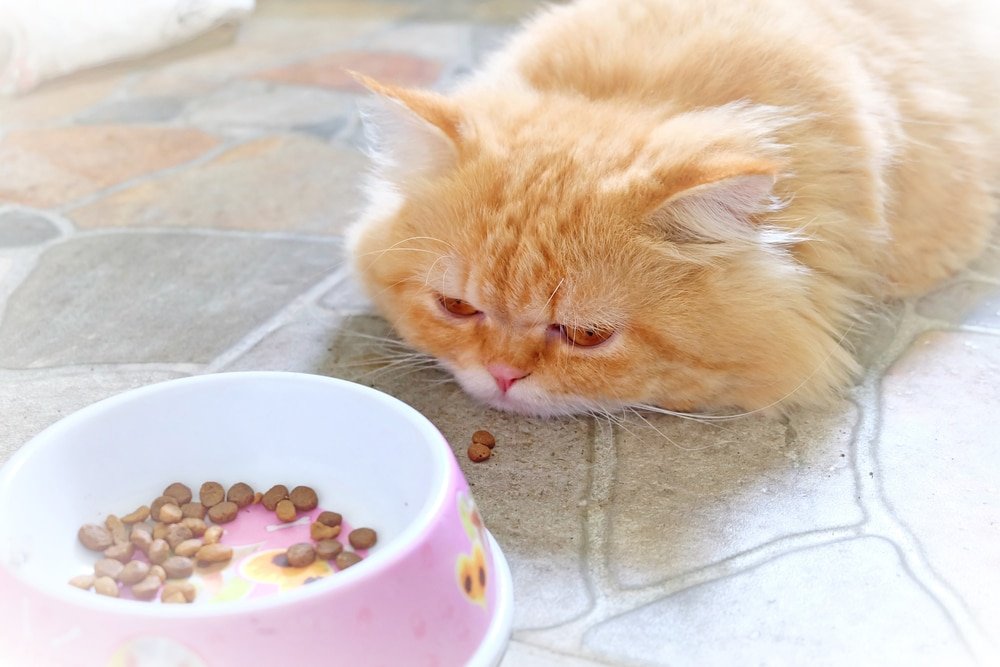
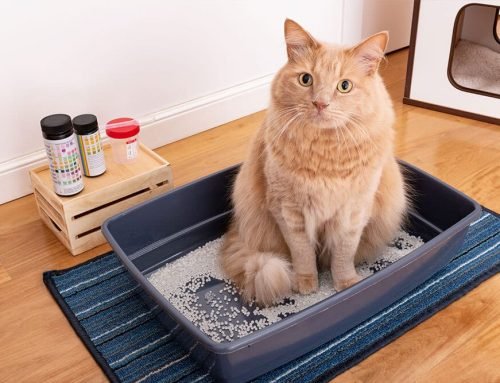
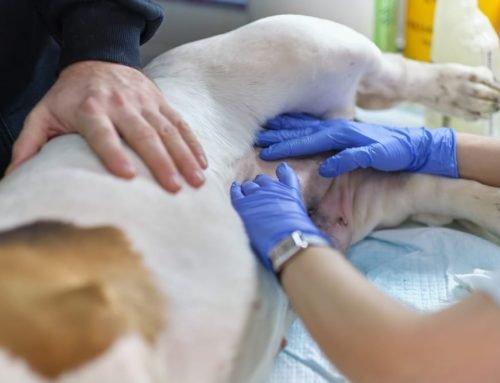
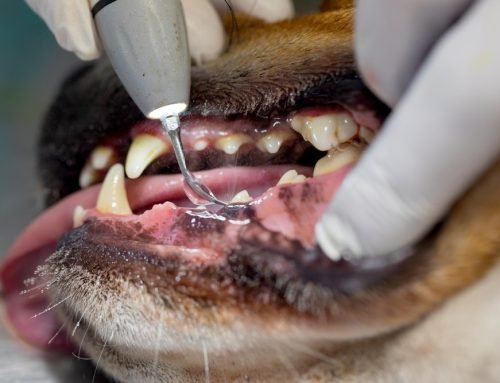
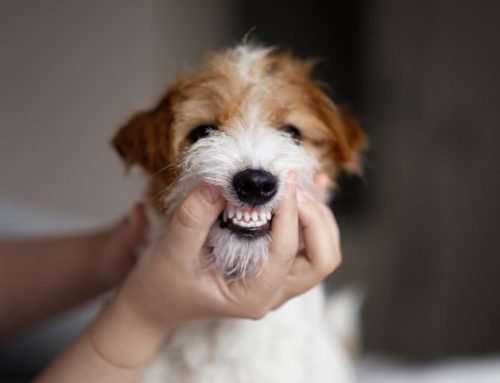

Leave A Comment